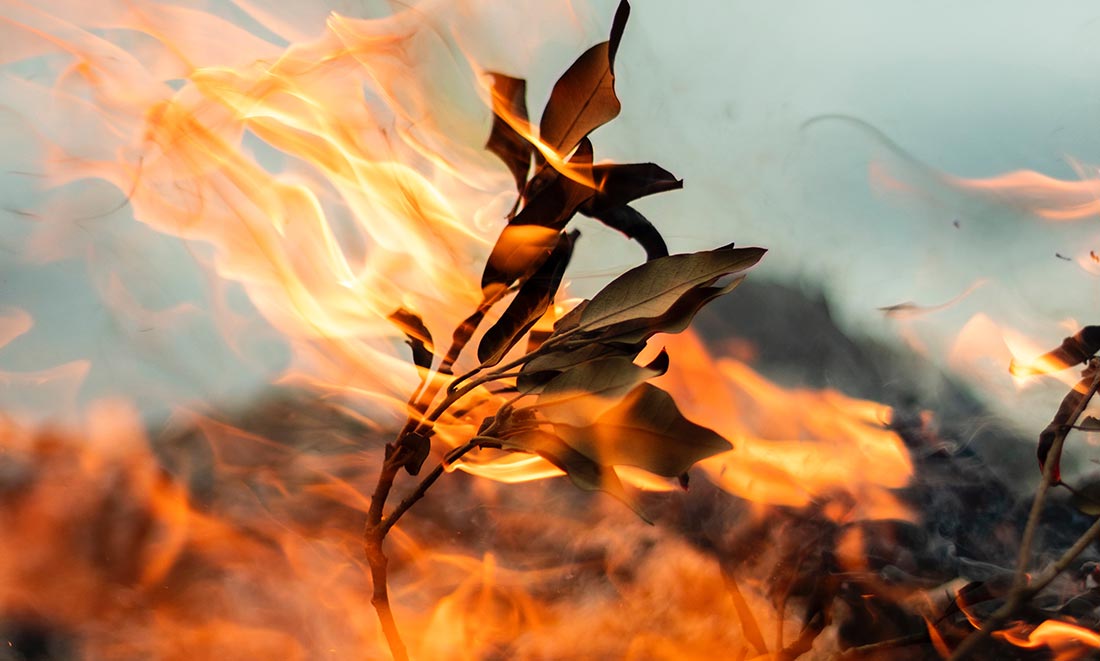Thoughts on Regenerative Fire Mitigation Part 1

By: Mark Biaggi
 “Log it, graze it, or let it burn.” It seems I hear this sentiment a lot when catastrophic fire strikes and people start wondering how to manage forests and grasslands full of fuels. I’ve heard some people even suggest “pave it, build on it, till it to death, or just spray a lot of herbicide” – anything to help prevent another fire. While these options may accomplish the goal of preventing land from burning, they also create significant and cascading impacts on the environment and surrounding areas and downstream communities of humans and wildlife, sometimes well into future generations.
“Log it, graze it, or let it burn.” It seems I hear this sentiment a lot when catastrophic fire strikes and people start wondering how to manage forests and grasslands full of fuels. I’ve heard some people even suggest “pave it, build on it, till it to death, or just spray a lot of herbicide” – anything to help prevent another fire. While these options may accomplish the goal of preventing land from burning, they also create significant and cascading impacts on the environment and surrounding areas and downstream communities of humans and wildlife, sometimes well into future generations.
Instead of these one-time fixes, I think there should be a new approach to fire mitigation that looks at this management challenge from the perspective of how to create fire-resilient, rather than “fire-proofed” communities and environments. After all, fire has been part of the environment since plants began growing on earth, drying, and becoming fuel. Many of the plants that exist on the land today in California likely evolved in relationship with fire, a relationship that started long before human impact came to this continent.
However, starting with European colonization and accelerating in the early 1900s, the dominant policy for dealing with fire on both public and private lands has been to extinguish fires before they become a threat. While this has been done in the commendable hope of protecting lives and property, it neglects the fact that fire is a crucial component of maintaining healthy landscapes and that periodic small fires prevent the kind of dangerous fuel build-up that leads to the catastrophic wildfires we too often see today. Indigenous Peoples such as the greater Amah Mutsun Tribal Band recognized this and successfully used fire for generations to regeneratively steward the land.
Given how great the challenges are to better stewarding our lands today, where do we start? Climate change plays a big part in the increasing intensity and frequency of fire and will require solutions on both a global and local level. For those looking to act now, how can we change how we manage the land acknowledging that fire is a critical and beneficial ecosystem process, and can help us be better stewards of our land if it’s on our side.
To that end, next month in Part 2 of this article, I will share some thoughts on how regenerative management can incorporate fire and discuss our collaborative experiments with scientists, state, and local agencies, and neighbors to conduct trials that will hopefully inform us and others about how to adopt a regenerative approach to fire.
Part 2 >